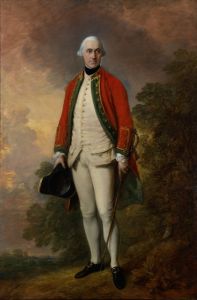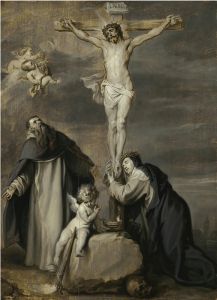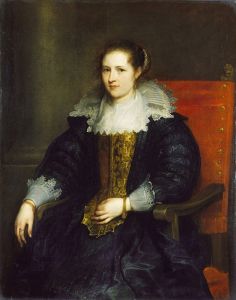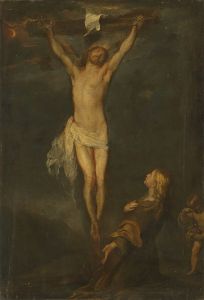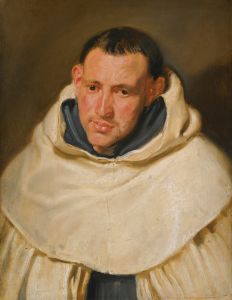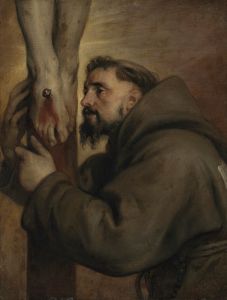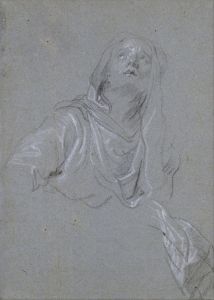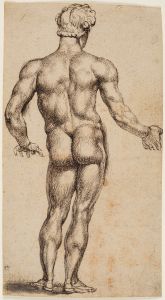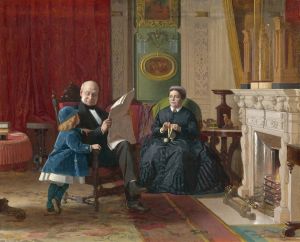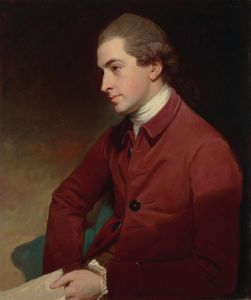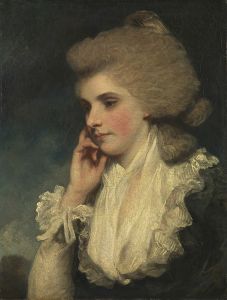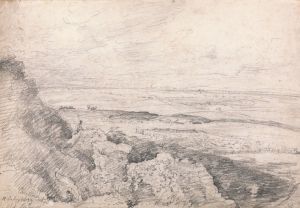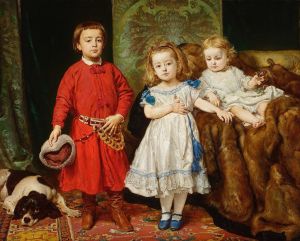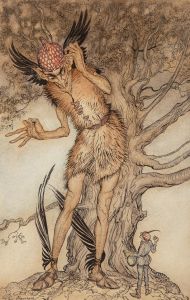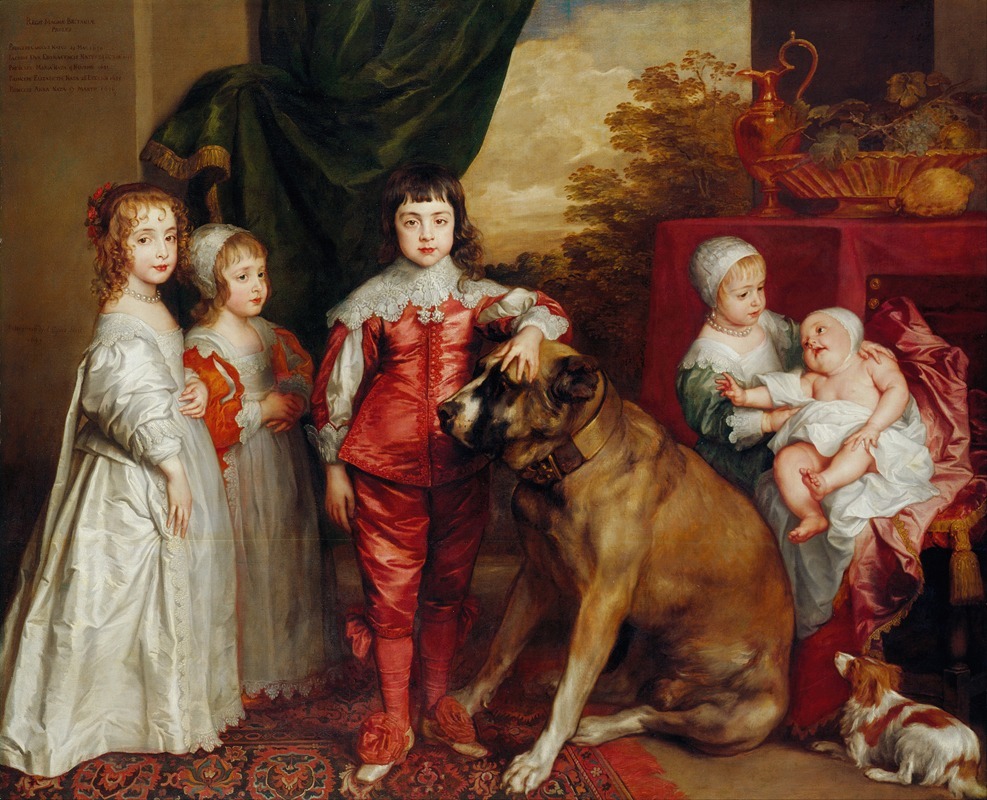
Five Eldest Children Of Charles I
A hand-painted replica of Anthony van Dyck’s masterpiece Five Eldest Children Of Charles I, meticulously crafted by professional artists to capture the true essence of the original. Each piece is created with museum-quality canvas and rare mineral pigments, carefully painted by experienced artists with delicate brushstrokes and rich, layered colors to perfectly recreate the texture of the original artwork. Unlike machine-printed reproductions, this hand-painted version brings the painting to life, infused with the artist’s emotions and skill in every stroke. Whether for personal collection or home decoration, it instantly elevates the artistic atmosphere of any space.
"Five Eldest Children of Charles I" is a renowned painting by the Flemish Baroque artist Anthony van Dyck, completed around 1637. Van Dyck was a prominent court painter in England and is celebrated for his portraits of the English aristocracy, particularly those of King Charles I and his family. This particular painting is a significant work as it captures the likenesses of the five eldest children of King Charles I of England and his wife, Queen Henrietta Maria.
The painting features the royal children in a group portrait, a common practice in royal portraiture to emphasize the lineage and continuity of the monarchy. The children depicted are Charles, Prince of Wales (later King Charles II), Mary, Princess Royal, James, Duke of York (later King James II), Elizabeth, and Anne. Each child is portrayed with individual characteristics and attire that reflect their status and personality, a testament to Van Dyck's skill in capturing both likeness and character.
Charles, the eldest, stands prominently in the painting, signifying his position as the heir apparent. He is dressed in elegant attire befitting his status as Prince of Wales. Mary, the Princess Royal, is depicted with grace and poise, indicative of her role as the eldest daughter. James, who would later become King James II, is shown as a young boy, hinting at his future importance. Elizabeth and Anne, the younger siblings, are also included, rounding out the family group.
Van Dyck's composition is notable for its use of space and the arrangement of the figures, which creates a sense of intimacy and connection among the siblings. The background is typically Baroque, with rich drapery and a sense of depth that adds to the grandeur of the portrait. The artist's use of light and shadow enhances the three-dimensionality of the figures, a hallmark of Van Dyck's style.
The painting is not only a representation of the royal children but also serves as a reflection of the political and cultural climate of the time. It was created during a period of relative peace before the outbreak of the English Civil War, which would later have profound effects on the royal family. The portrait thus captures a moment of innocence and unity before the turbulence that would follow.
Today, "Five Eldest Children of Charles I" is housed in the Royal Collection and is considered an important work of art from the period. It offers insight into the lives of the royal family and the artistic achievements of Anthony van Dyck, whose influence on English portraiture was significant and long-lasting. The painting remains a valuable historical document, providing a glimpse into the world of 17th-century English royalty through the eyes of one of its most talented artists.





